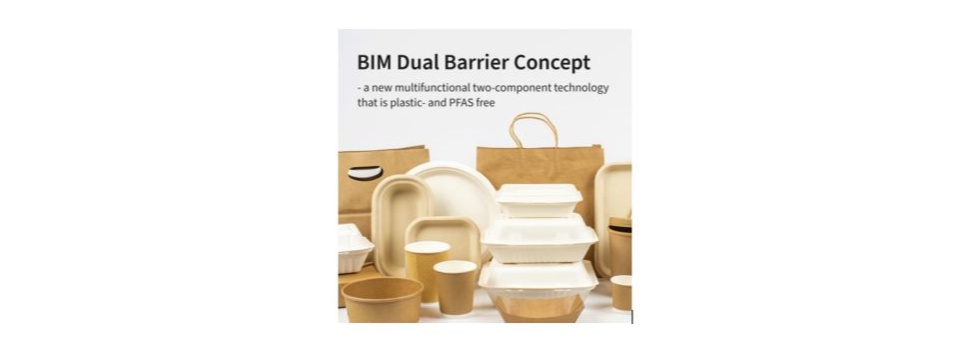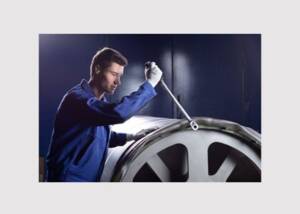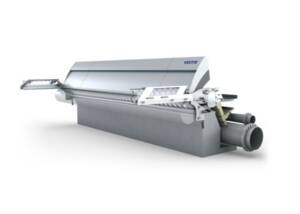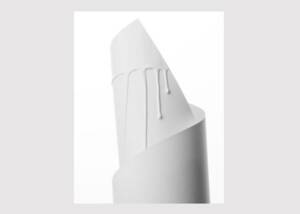The BIM Dual Barrier Concept - Sustainable Innovation for Barrier Technology
News Guide Content Texts for companies in the paper industry
The BIM Dual Barrier Concept is an innovative technology from the Swedish chemical company BIM Kemi AB to improve the oil and grease resistance of paper and board packaging.

The BIM Dual Barrier Concept combines two components:
• A wet-end treatment of the paper with the additive BIM OilguardTM. This water-soluble, cationic system is used in the pulp and reduces the penetration of oil by minimizing the capillary effect in the paper.
• A surface treatment with the water-based BIM BarrierTM dispersions. This coating is applied by spraying or other suitable technologies. It forms an additional barrier against the penetration of oil, grease, moisture, and oxygen.
By combining these two components, a very effective barrier against the penetration of oil and grease is created. The BIM Dual Barrier Concept is particularly suitable for packaging where uniform coating is difficult, such as 3D-shaped products or lightweight surfaces.
Would you like to know more about the BIM Dual Barrier Concept? Learn more here!
Advantages of the BIM Dual Barrier Concept
The innovative two-component system offers numerous advantages over conventional barrier technologies:
• Excellent protection against the penetration of oil and grease, even with coating defects
• Enables lightweight barrier coatings
• Additional barrier properties against moisture (WVTR), water, and oxygen (OTR)
• Recyclable
• Approved for food contact (BfR XXXVI, FDA 176.170)
• Compostability can be achieved
• Free of plastics and PFAS (per- and polyfluoroalkyl substances)
By using the BIM Dual Barrier Concept, the barrier properties of paper and board packaging can be specifically adapted to the requirements of the packaged goods. In many cases, plastic coatings or composite materials can be avoided.
Are you also interested in other solutions in the field of paper, pulp, board, tissue, etc.? Learn more here.
Applications and Target Groups of the BIM Dual Barrier Concept
The BIM Dual Barrier Concept is interesting for all companies that fill oily, greasy, or moist food in paper and board packaging, such as:
• Baked goods like cakes, cookies, croissants
• Fast food and take-away products
• Ready meals
• Frozen food
• Snacks and confectionery
The BIM Dual Barrier Concept is also suitable for packaging of technical products and chemicals where reliable protection against the leakage of oils and greases is required.
Learn more about the sustainable innovation for barrier technology!

Consulting and Service by the Specialists at BIM Kemi
The specialists at BIM Kemi offer comprehensive consulting and support in the introduction of the BIM Dual Barrier Concept - from the feasibility study to application optimization and testing of recyclability and compostability.
With the BIM Dual Barrier Concept, a sustainable and effective alternative to conventional barrier technologies is available. It enables safe and environmentally friendly packaging solutions for demanding products. Contact the experts at BIM Kemi to learn more about the possibilities of the innovative two-component system.
Do you have any further questions about the BIM Dual Barrier Concept? Contact BIM Kemi GmbH here.
Conclusion: The BIM Dual Barrier Concept enables customized, sustainable high-barrier packaging for demanding products
By combining this internal and external barrier, a very effective protection against the penetration of oil and grease is created, even with coating defects or at cut edges. The concept is particularly suitable for packaging where uniform coating is difficult, such as 3D-shaped products or lightweight surfaces.
The advantages include excellent oil and grease resistance, suitability for lightweight barrier coatings, additional protection against moisture and oxygen, recyclability, food approval, and possible compostability. In addition, the concept does not use plastics and PFAS.
The BIM Dual Barrier Concept enables customized, sustainable high-barrier packaging for demanding products such as baked goods, fast food, ready meals, or greasy snacks. It is an effective alternative to plastic coatings or composite materials.










